🚀 Mastering Technical Program Management Interviews 🚀
Unlocking Success: Mastering Technical Interviews for Program Management Excellence
🌟 Hey TPM Interview Companion Subscribers! 🌟
In this edition, we're diving into the realm of technical expertise crucial for Technical Program Managers (TPMs). Ace your interviews with these pivotal technical questions, techniques to answer them, and sample responses. Let's delve into the world of technical prowess!
🔸 To set the stage, let's begin with these foundational technical questions. These assess your overall understanding of technical principles and problem-solving strategies.
We’ll further go with the topics such as API, system design, coding concepts, cloud, security, data and AI in upcoming newsletter.
*****Sample Answers Disclaimer*****: 📋
These sample answers are thoughtfully prepared based on general project scenarios, and no confidential or proprietary information is disclosed. They serve as valuable references to help you craft your own responses during TPM interviews.
🔸 Technical Question: System Architecture and Design
Scenario:
In my previous role as a TPM, I was involved in a critical project that required an overhaul of our system architecture to meet scalability demands. The challenge was to redesign the existing infrastructure to accommodate a growing user base and increased data processing needs.
Approach:
I took a multi-faceted approach, recognizing that system design isn’t just about technology but also about meeting business objectives. My strategy involved a comprehensive analysis of current infrastructure, identifying bottlenecks, and projecting future needs.
Execution:
As a TPM, I spearheaded a team tasked with redefining our system architecture. We adopted a microservices-oriented approach, breaking down monolithic structures into modular components. This approach allowed us to scale independently, enhancing both flexibility and fault tolerance.
We migrated our operations to cloud-based solutions to ensure seamless scalability. Leveraging cloud services allowed us to allocate resources dynamically, adapting to fluctuating demand without compromising performance. Additionally, we implemented load balancing and caching mechanisms to optimize response times.
Results:
Our efforts resulted in a 40% increase in system efficiency and a significant reduction in downtime during peak loads. The redesigned architecture not only met our immediate scalability needs but also laid a foundation for future growth without compromising on reliability.
Key Takeaways:
This experience taught me the significance of aligning technical decisions with overarching business goals. By integrating scalable solutions, we not only met immediate needs but also future-proofed our infrastructure, ensuring it could adapt to the dynamic market landscape.
🔸 Technical Question: Data Management and Analysis
Scenario:
In a previous role, I encountered a situation where our data management system needed a revamp to handle increased data volume and improve analytics capabilities.
Approach:
I followed a systematic approach, starting with an assessment of our existing data infrastructure, understanding data flow, identifying pain points, and formulating a strategy to optimize data handling and analysis.
Execution:
As a TPM, I led a team to overhaul our data management system. We integrated a robust data pipeline, streamlining data flow from various sources into a centralized repository. We implemented ETL (Extract, Transform, Load) processes to ensure data integrity and uniformity.
We employed scalable databases and optimized query structures to enhance data retrieval speed. In parallel, I initiated a data governance framework to standardize data definitions and ensure compliance with privacy regulations.
Result:
The revamped system resulted in a 50% reduction in data retrieval times and a 30% increase in analytics accuracy. Moreover, our adherence to data governance led to improved data quality and increased trust among stakeholders.
Key Takeaways:
This experience reinforced the importance of a well-structured data management strategy. By implementing scalable and compliant solutions, we not only improved immediate performance but also established a foundation for reliable data-driven decision-making.
🔸 Technical Question: Software Development Lifecycle (SDLC)
Scenario:
In a previous role, I led a team involved in a complex software development project spanning multiple SDLC phases.
Approach:
My strategy centered on fostering seamless collaboration by implementing Agile methodologies, emphasizing continuous communication and feedback loops across all SDLC stages.
Execution:
I established an Agile framework, conducting regular sprint planning and review meetings involving all stakeholders - developers, QA, and deployment teams. Daily stand-ups ensured everyone was aligned and blockers were promptly addressed.
During the design phase, I advocated for cross-functional involvement, encouraging designers, developers, and testers to collaborate early. We utilized prototyping and user feedback sessions to iterate and refine designs.
Through each phase, we maintained open communication channels using tools like JIRA and Slack. Continuous integration and automated testing helped identify issues early, enabling rapid adjustments.
Results:
This approach significantly reduced development cycles by 25% and deployment errors by 30%. Moreover, it enhanced team morale and ownership, fostering a culture of collective responsibility for the project's success.
Key Takeaways:
Effective collaboration across SDLC phases isn't just about tools; it's about a mindset of inclusivity and iterative improvement. This strategy not only expedited project delivery but also ensured a high-quality end product through collaborative efforts.
🔸 Technical Question: Identification and Mitigation of Technical Risks
Situation:
In a prior role, I was responsible for managing technical risks in a critical project.
Approach to Risk Management:
My approach involved a proactive stance, utilizing risk assessment matrices and continuous monitoring to detect vulnerabilities and promptly mitigate potential issues.
Execution Strategies:
Our risk assessment strategy was multifaceted. We regularly conducted comprehensive risk workshops involving the project team to identify potential technical pitfalls.
Employing risk matrices like probability-impact matrices and FMEA (Failure Modes and Effects Analysis), we categorized risks based on their severity and likelihood of occurrence.
Continuous monitoring was integral. We implemented automated monitoring tools and established regular review cycles to reevaluate identified risks.
Identifying risks early allowed for the prompt initiation of mitigation strategies. This involved allocating resources to high-risk areas and implementing contingency plans.
Outcomes and Results:
As a result, we successfully averted several potential technical crisis, ensuring minimal disruption to project timelines and overall project success.
Moreover, post-project analysis was crucial. We conducted retrospectives to understand the effectiveness of risk mitigation strategies, facilitating continuous improvements for future projects.
Key Insights:
An active approach to identifying and mitigating technical risks is pivotal in maintaining project stability. By utilizing a combination of tools and continuous monitoring, we were able to safeguard project deliverables and timelines effectively.
🔸 Technical Question: Assessment and Integration of Emerging Technologies
Scenario:
In my role, I often had to evaluate and integrate emerging technologies into our ongoing projects.
Approach:
My strategy involved a phased approach, employing pilot projects to gauge viability and conducting a thorough risk-benefit analysis before integrating new technologies.
Assessment:
To effectively assess emerging technologies, I advocated for initiating pilot projects. These pilots were tailored to specific segments of ongoing projects, allowing for a real-world assessment of the technology's feasibility and performance.
Phased Evaluation:
We structured the assessment in phases. Initially, we defined clear success criteria and key performance indicators (KPIs) to measure the technology's impact on project objectives.Rigorous Analysis:
A comprehensive risk-benefit analysis was integral. We assessed the potential risks associated with technology adoption and juxtaposed them with the projected benefits, ensuring alignment with the project's overarching goals.Stakeholder Alignment:
Furthermore, we engaged stakeholders to ensure their perspectives were integrated into the assessment process, aligning technology adoption with the overall project vision.Feasibility Analysis:
During this assessment, we also evaluated scalability, compatibility with existing infrastructure, and the technology's potential long-term implications.Integration Strategy:
Upon successful assessment, integration was carefully planned. We ensured seamless integration with existing systems and provided necessary training to team members.Continuous Evaluation:
Post-implementation, continuous evaluation was crucial. We monitored the technology's performance against established KPIs and adjusted strategies based on real-time feedback.
Key Takeaways:
By employing pilot projects and conducting rigorous risk-benefit analyses, we ensured the seamless integration of emerging technologies into ongoing projects. This approach not only minimized risks but also maximized the benefits, aligning technology adoption with the project's success.
Your Participation Matters
Your insights on these technical questions, combined with strategic techniques and sample responses, will fortify your readiness for technical interviews!🚀
This newsletter thrives on community engagement, and your active involvement is crucial. Your insights, experiences, and success stories are treasures waiting to be shared. 🎯
📢 Share Your Stories: Have a unique or challenging experience related to technical program management interviews? We'd love to hear it! Share your success stories and lessons learned. Your contributions can inspire others and provide diverse perspectives on the topics we cover.
What to Expect Next
🗳️ Navigating Technical Acumen Questions: Technical acumen is a critical skill for TPMs. Stay tuned for more enriching content on navigating TPM interviews.! 🗳️💡
Thank you for being part of the TPM Interview Companion family. Let's make this journey together remarkable! 🌟
Stay connected, stay engaged, and stay excellent! 👏
Share this Newsletter: If you found this newsletter valuable, please consider sharing it with your network. Help others benefit from these insights and resources to excel in their TPM interviews.
Connect with Me: Feel free to connect with me on LinkedIn for more updates, resources, and to join our growing community of TPM professionals.


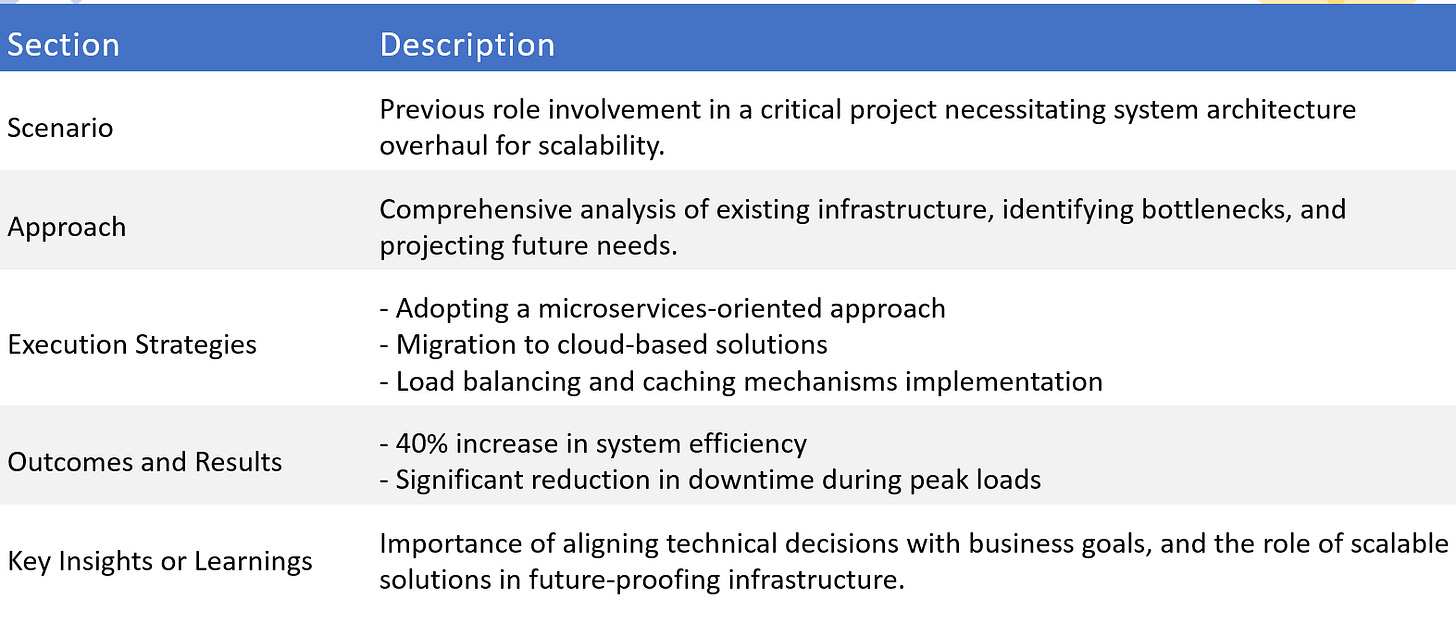
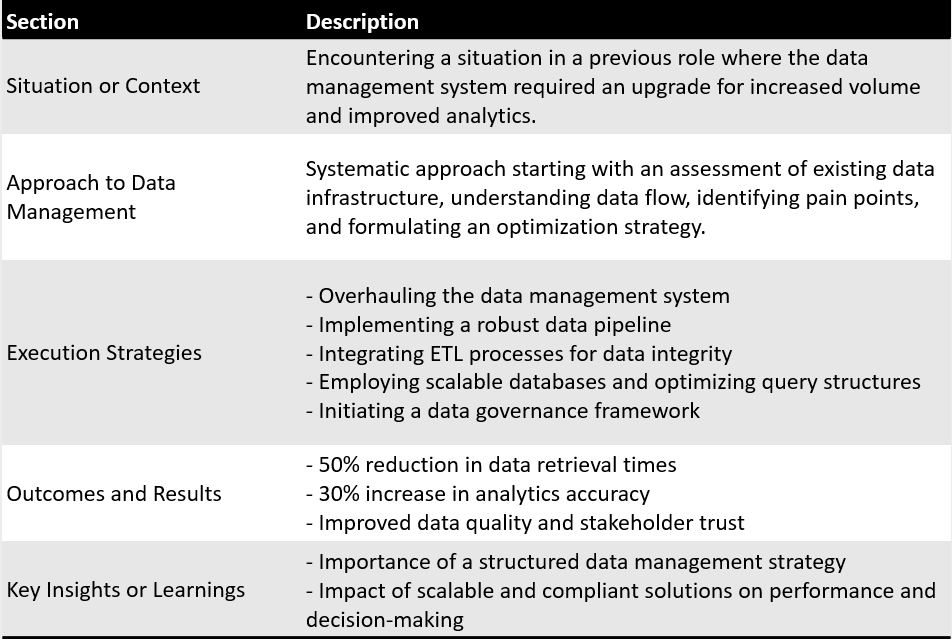
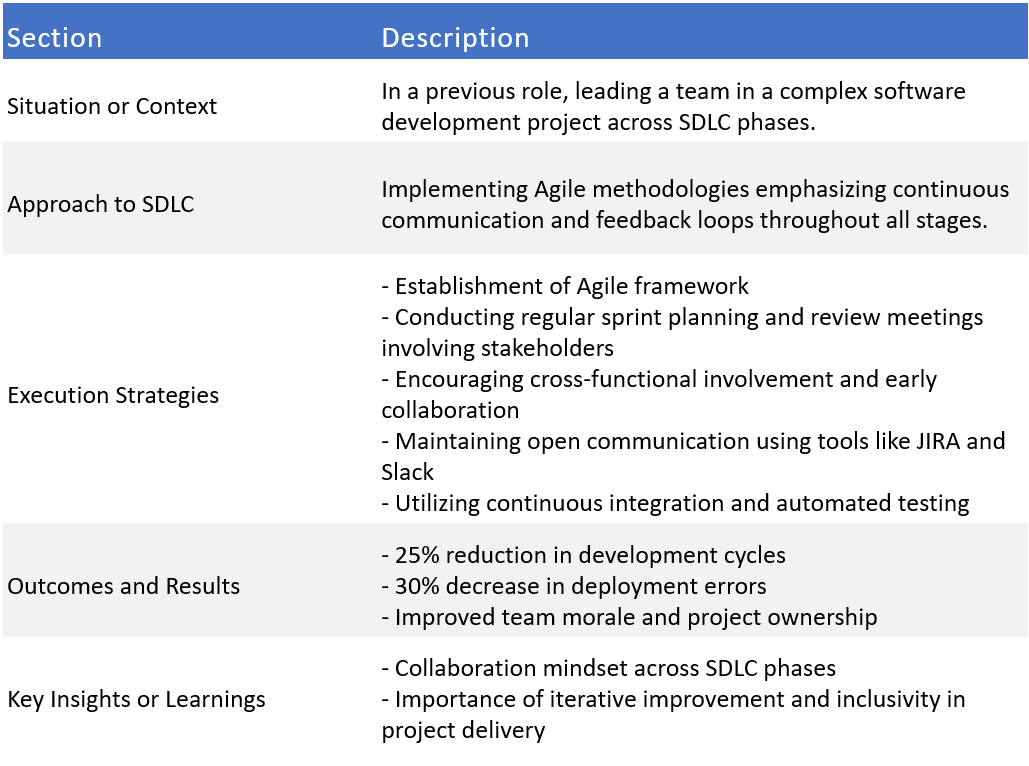
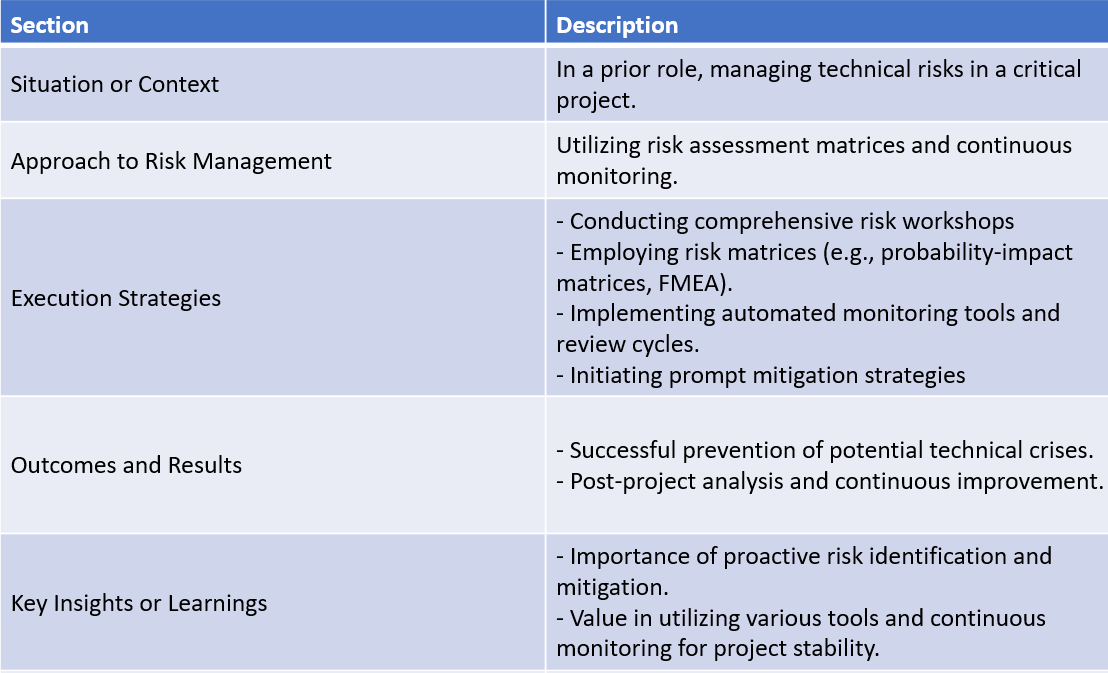
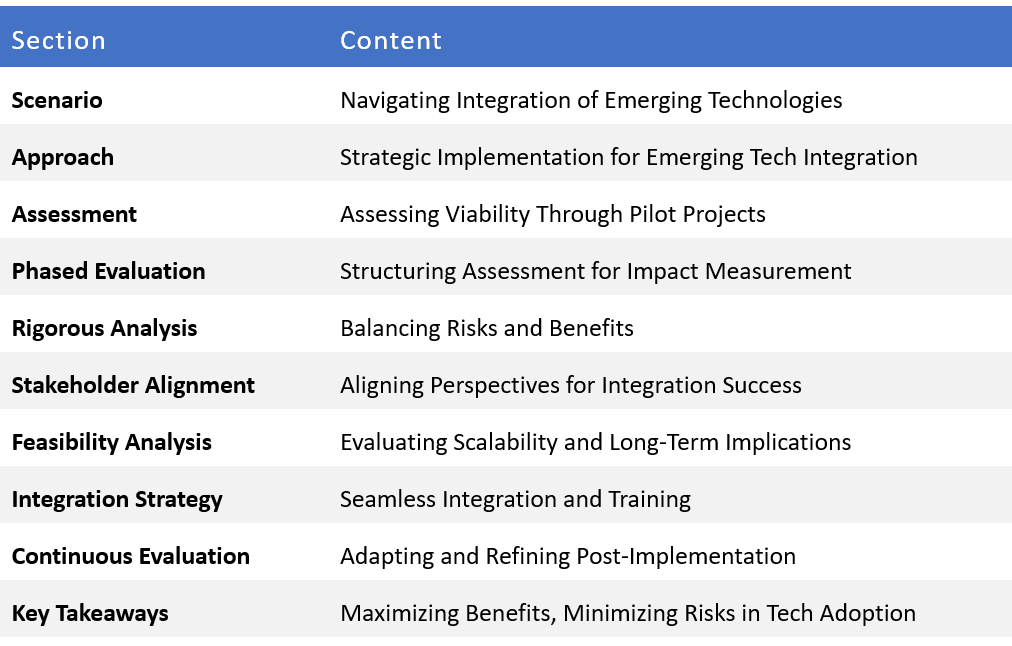
Sample answers are really helpful.
You write really well. Your techniques and sample answers are helping me to write my story for my next interview. All the best for your newsletter. Keep writing.